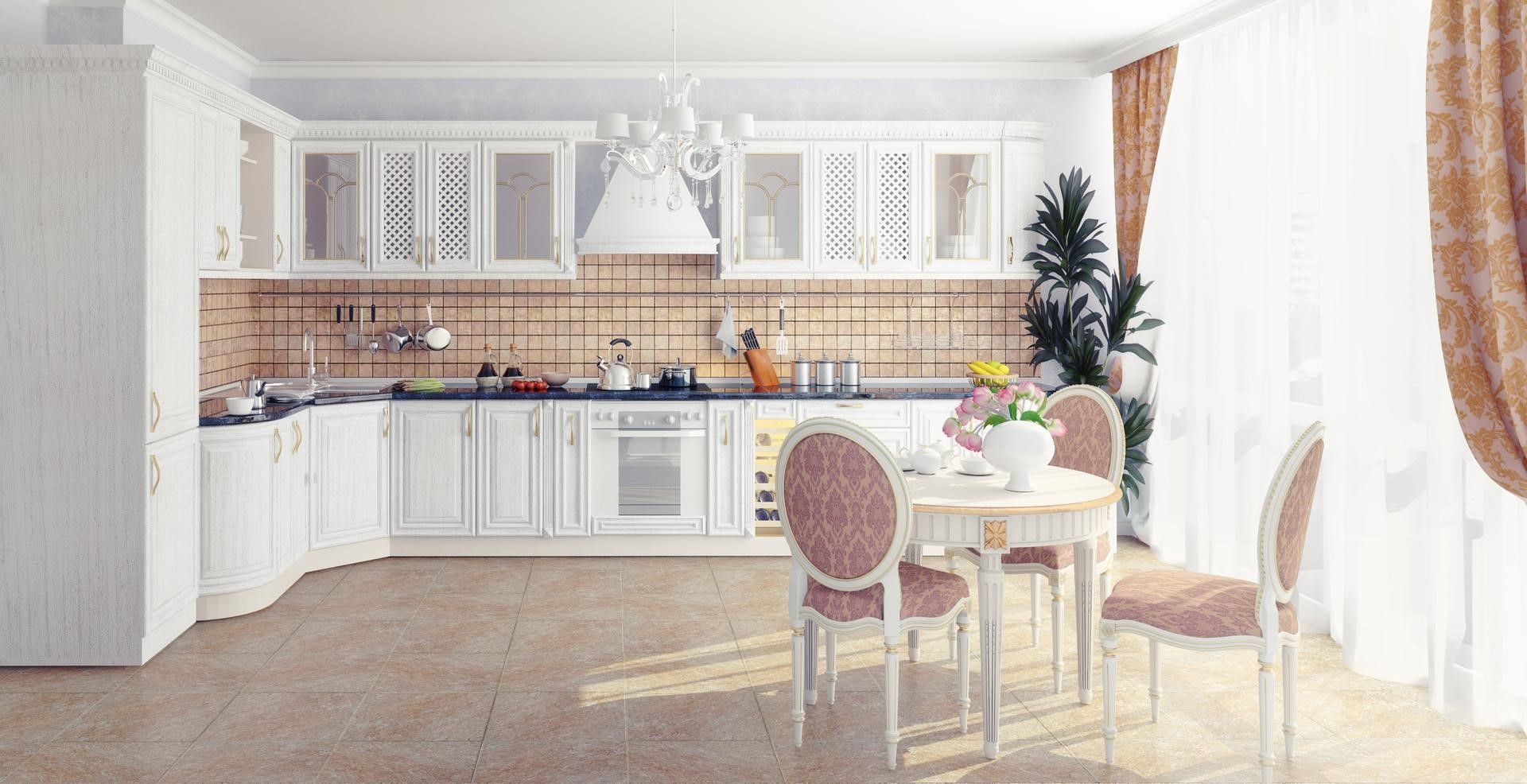Get Hot Water Faster With a Recirculating System
Reducing your home’s water usage can help you save money on your water bills and is good for the environment. You can do many things to your plumbing to reduce how much water your home uses every month. These following tips can help improve your plumbing and save water.
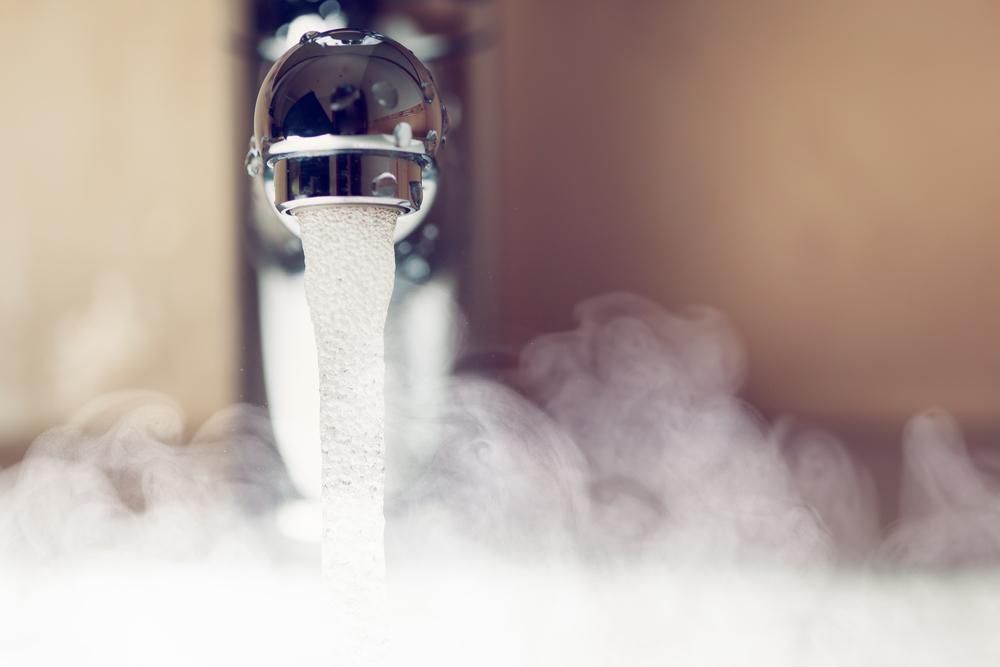
Hot Water Runs in a Loop
Every time you turn on a hot water tap in a standard plumbing system, hot water flows to the fixture from your hot water heater. After you use the hot water and shut it off, hot water remains in the supply pipe. If no one turns on the hot water tap for a while, the hot water in the supply pipe slowly cools.
When you have a recirculating system installed on your hot water pipes, heated water doesn’t sit useless in the pipes after you use the hot water tap. Instead, the warm water in the pipes is sent back to the water heater. Eventually, the heated water loop provides instant hot water to all of the fixtures on the line since the water never cools down.
Systems Offer Recirculation
There are three basic types of recirculating systems. The best choice for your home depends on the length and diameter of your plumbing lines, your hot water use, and the type of water heater you own.
The following three recirculating systems are available for homes:
New Paragraph
Installing one of the three main types of hot water recirculating systems can save you
12,000 to 15,000 gallons of clean water per year and will lower your sewer bill too.
All 3 Systems Use Pumps
The three main hot water recirculating systems use electrically powered pumps. Various controls are available for the systems to enable remote-control activation and other convenient operating modes.
In the traditional circulating system, your plumber installs a return line from the plumbing fixture located the farthest away from the water heater. The new plumbing line is hooked to a pump that pulls water back to the water heater. Hot water continually loops to all hot taps. Timers can be set to loop water only during busy shower and dish washing times.
An instant hot water system does not require the return pipe necessary for the traditional recirculating system. Instead, a pump is installed under a sink or over the water heater. The pump pressurizes water so it enters the cold water lines, while a check valve keeps the hot water at the taps. Timers are used for energy-efficient pump operation.
The on-demand hot water recirculating system can be a traditional or instant hot water system. Rather than relying on timers to loop hot water, you activate the pump as needed. Once the water recirculating through the pump is hot, the pump shuts off to save energy.
Gravity-Fed Hot Water Systems Need No Pump
A fourth type of hot water recirculating system relies on gravity to supply hot water to fixtures. Hot water pipes must be located above the hot water heater for this type of setup.
A process called thermosiphoning is used to keep hot water in the supply lines. Hot water rises, while cold water falls. The cold water enters a return line back to the water heater. A check valve keeps hot water in the hot pipes and out of the return water line.
Gravity-fed hot water recirculating systems are useful in spaces where you can’t install a pump. The simple recirculating systems are easy to operate and maintain because there’s no pump to manage.
Schedule installation of your new
hot water circulation system in Seattle, Washington, by contacting Quality Plumbing today. Enjoy hot showers and baths all winter long with no waiting.

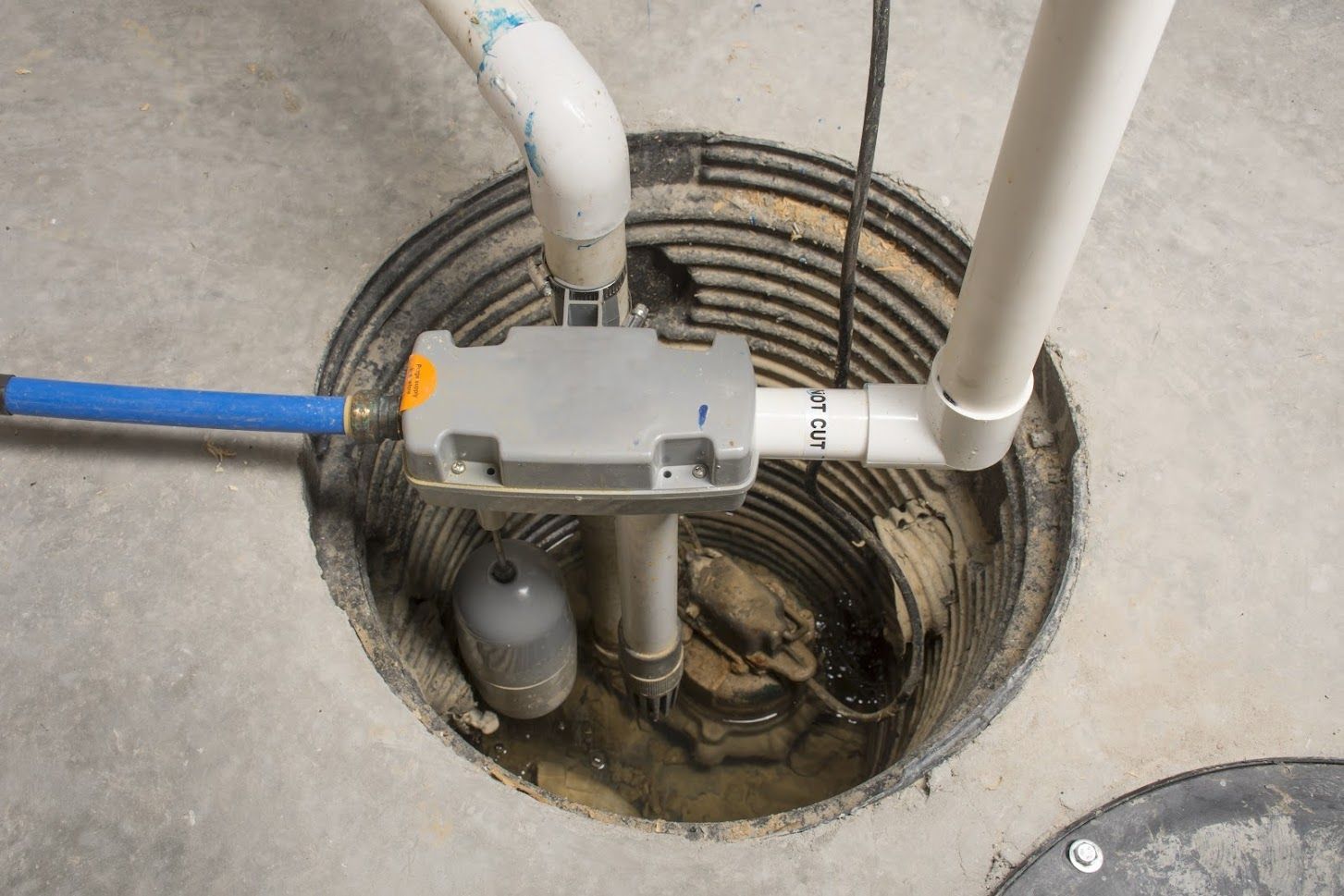

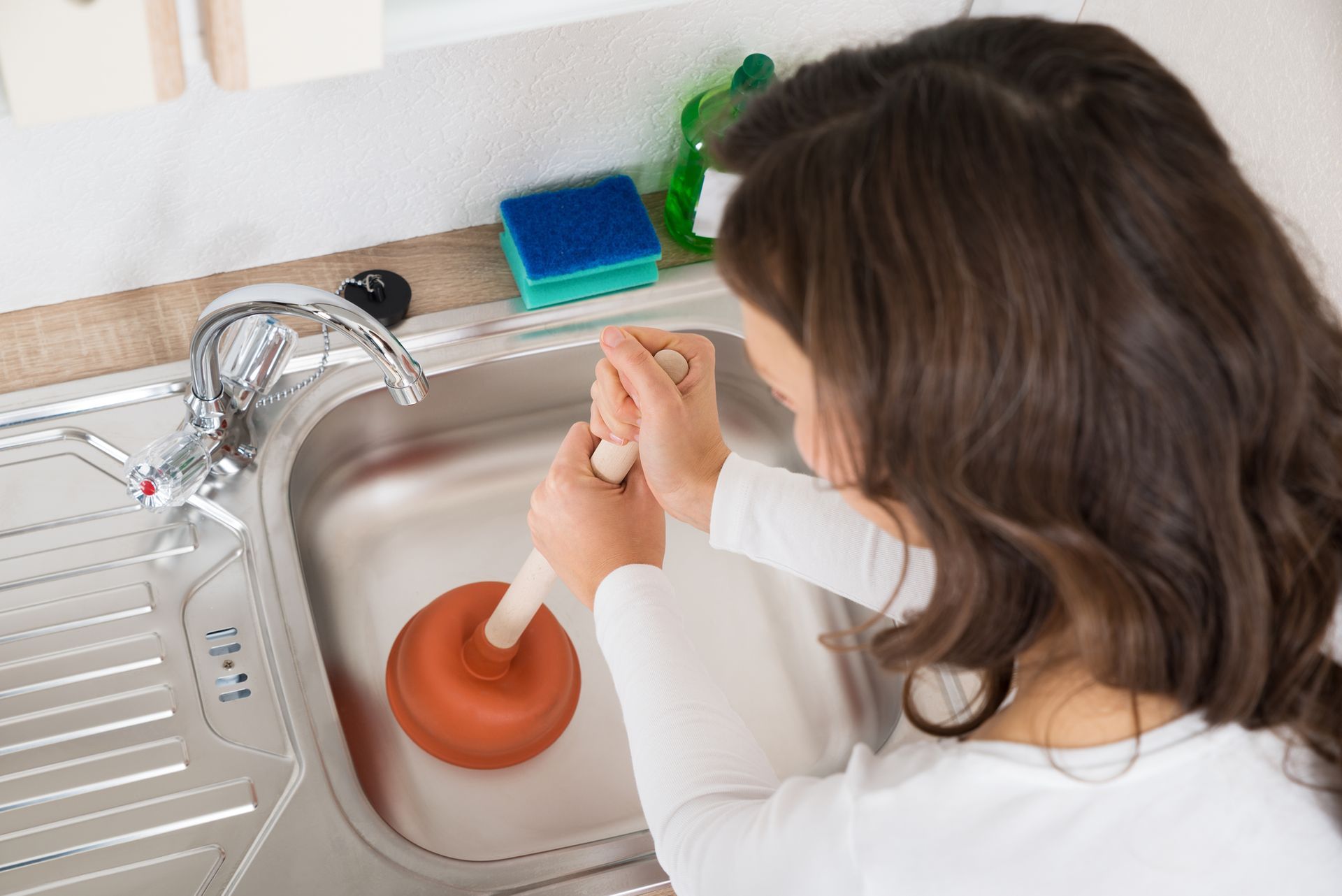

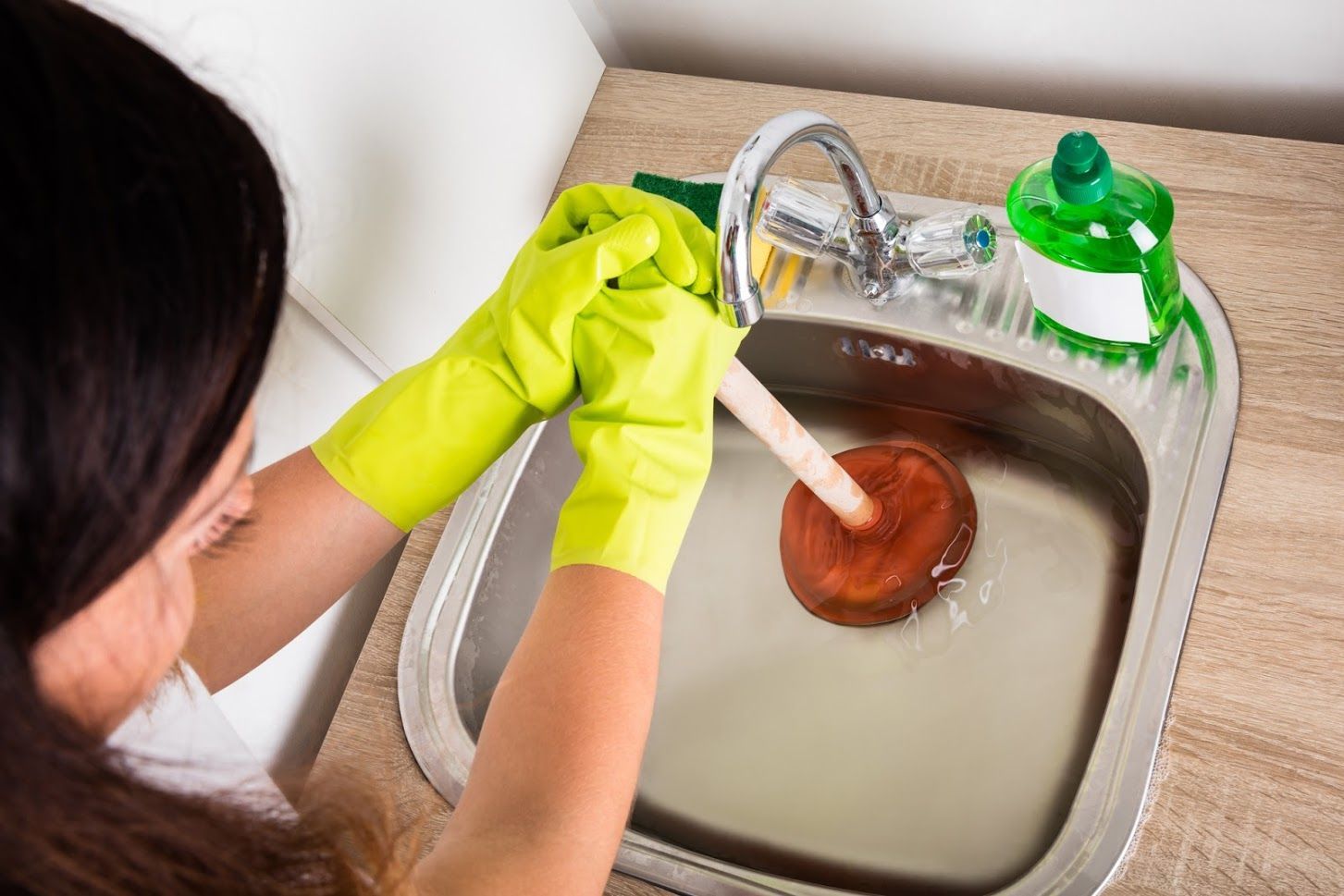
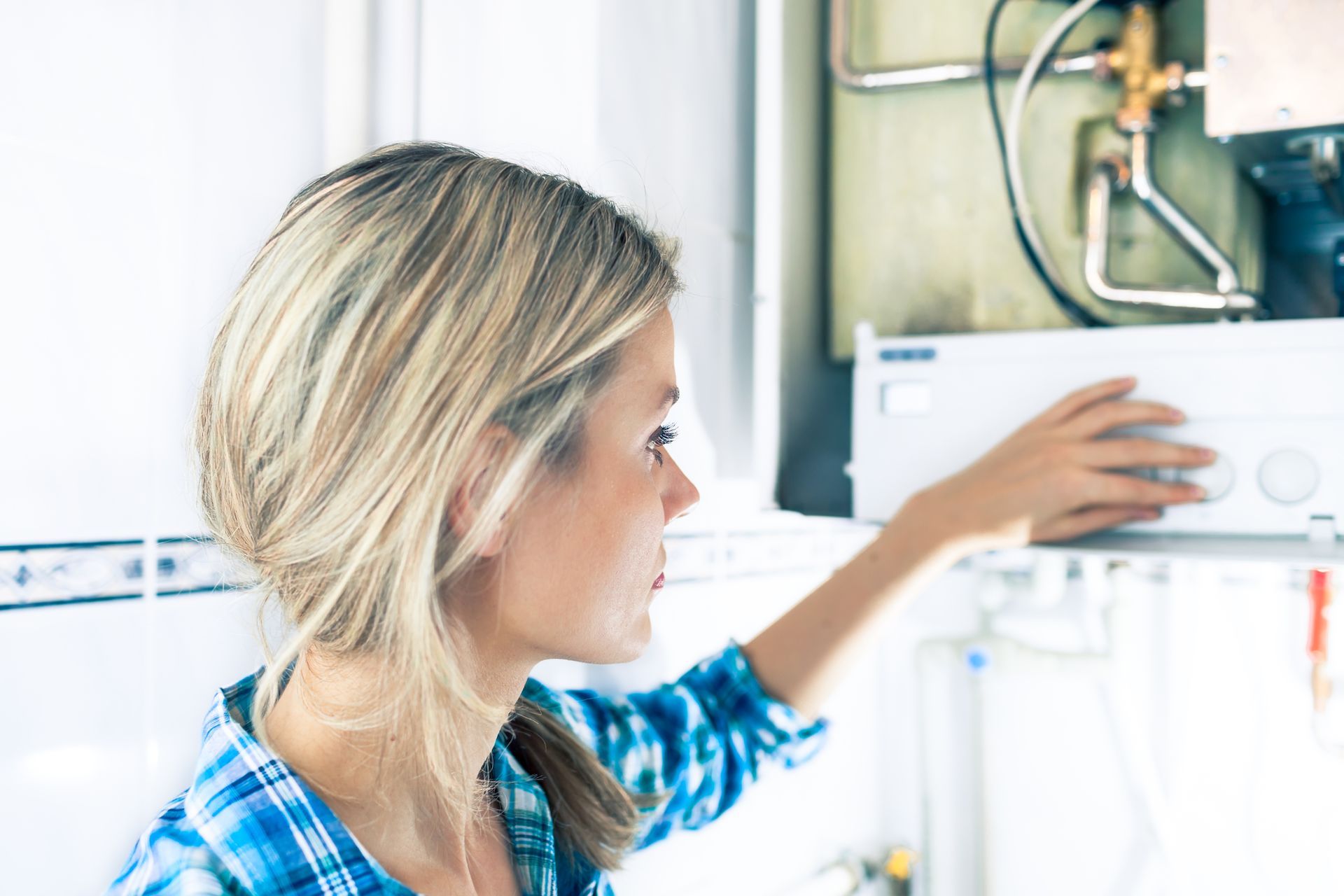

★★★★★
The total process from booking a service call, by phone, to the installation of a steel reinforced waterline hose on our refrigerator, was a pleasurable experience. A retired plumber recommended QP. Jeff had to pull out the refrigerator, remove the plastic waterline, install the new waterline, check to make sure the water dispenser was working and put the refrigerator back. Jeff was careful and mindfull of our wooden floor as the refrigerator was in a built-in cabinet. Since we live in a condo we want to eliminate all possibilities for a water leak. Jeff not only did his skillful job, he also educated us on the different water supply lines. I would recommend QP.
- Janeine G.
Button
★★★★★
Quality Plumbing did a rough-in plumbing install for a bathroom and kitchen sink in my basement. Very communicative, helped plan the space, and did a great job on the install. Will be using them again!
- Ian H.
Button
★★★★★
Called them when my water heater broke, they were over same day with a new one. Logan is great, he's fixed a couple things over the last year and is always professional and informative.
- Nick B.
Button
★★★★★
Quality plumbing is amazing 👏 when my brothers home had a problem with water pressure, they were able to schedule quickly, identify the problem and provide cost effective solutions quickly. When they did the work, they were on time on budget and cleaned up everything afterwards. Thank you for your great service Quality Plumbing! …
- Rich R.

★★★★★
Quality Plumbing is my go-to plumbing company for all my projects. I had one big project and after meeting Jeff, I’ve specifically requested him to come out for my other 2 projects. He’s incredibly punctual, efficient, and keeps the area nice and clean. Great to communicate with and provides clear answers to all my questions. Jeff is very professional and knowledgeable in his craft. Every time I call, Delaney will always pick up my phone calls and get me scheduled right away. Never had great success with plumbing companies until I started working with Quality Plumbing. They have unbeatable prices and will provide you with an honest solution to your problems. Highly recommend choosing Quality Plumbing!
- Alex D.
Button

★★★★★
The total process from booking a service call, by phone, to the installation of a steel reinforced waterline hose on our refrigerator, was a pleasurable experience. A retired plumber recommended QP. Jeff had to pull out the refrigerator, remove the plastic waterline, install the new waterline, check to make sure the water dispenser was working and put the refrigerator back. Jeff was careful and mindfull of our wooden floor as the refrigerator was in a built-in cabinet. Since we live in a condo we want to eliminate all possibilities for a water leak. Jeff not only did his skillful job, he also educated us on the different water supply lines. I would recommend QP.
- Janeine G.
Button
★★★★★
Quality Plumbing did a rough-in plumbing install for a bathroom and kitchen sink in my basement. Very communicative, helped plan the space, and did a great job on the install. Will be using them again!
- Ian H.
Button
★★★★★
Called them when my water heater broke, they were over same day with a new one. Logan is great, he's fixed a couple things over the last year and is always professional and informative.
- Nick B.
Button
★★★★★
Quality plumbing is amazing 👏 when my brothers home had a problem with water pressure, they were able to schedule quickly, identify the problem and provide cost effective solutions quickly. When they did the work, they were on time on budget and cleaned up everything afterwards. Thank you for your great service Quality Plumbing! …
- Rich R.

★★★★★
Quality Plumbing is my go-to plumbing company for all my projects. I had one big project and after meeting Jeff, I’ve specifically requested him to come out for my other 2 projects. He’s incredibly punctual, efficient, and keeps the area nice and clean. Great to communicate with and provides clear answers to all my questions. Jeff is very professional and knowledgeable in his craft. Every time I call, Delaney will always pick up my phone calls and get me scheduled right away. Never had great success with plumbing companies until I started working with Quality Plumbing. They have unbeatable prices and will provide you with an honest solution to your problems. Highly recommend choosing Quality Plumbing!
- Alex D.
Button







